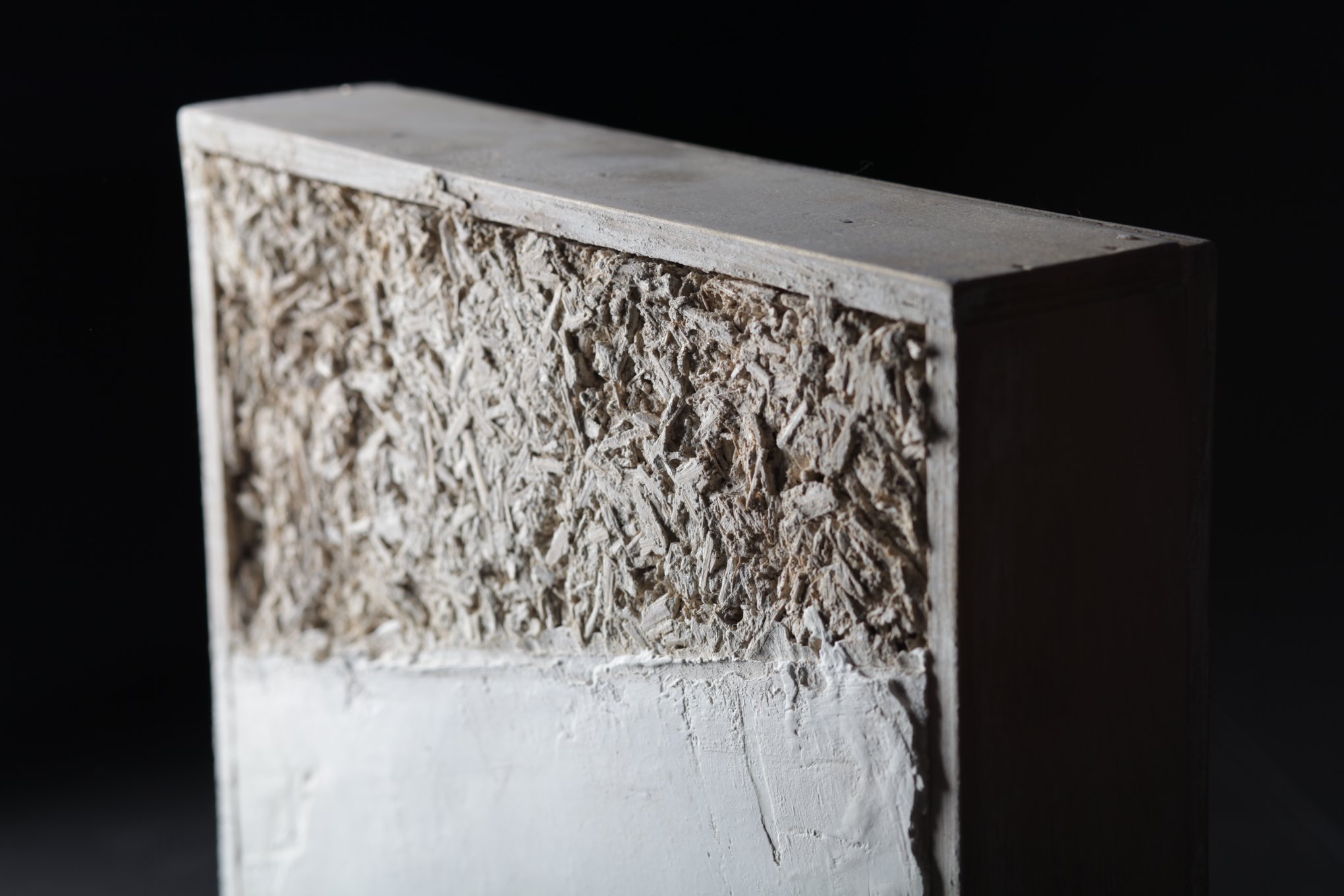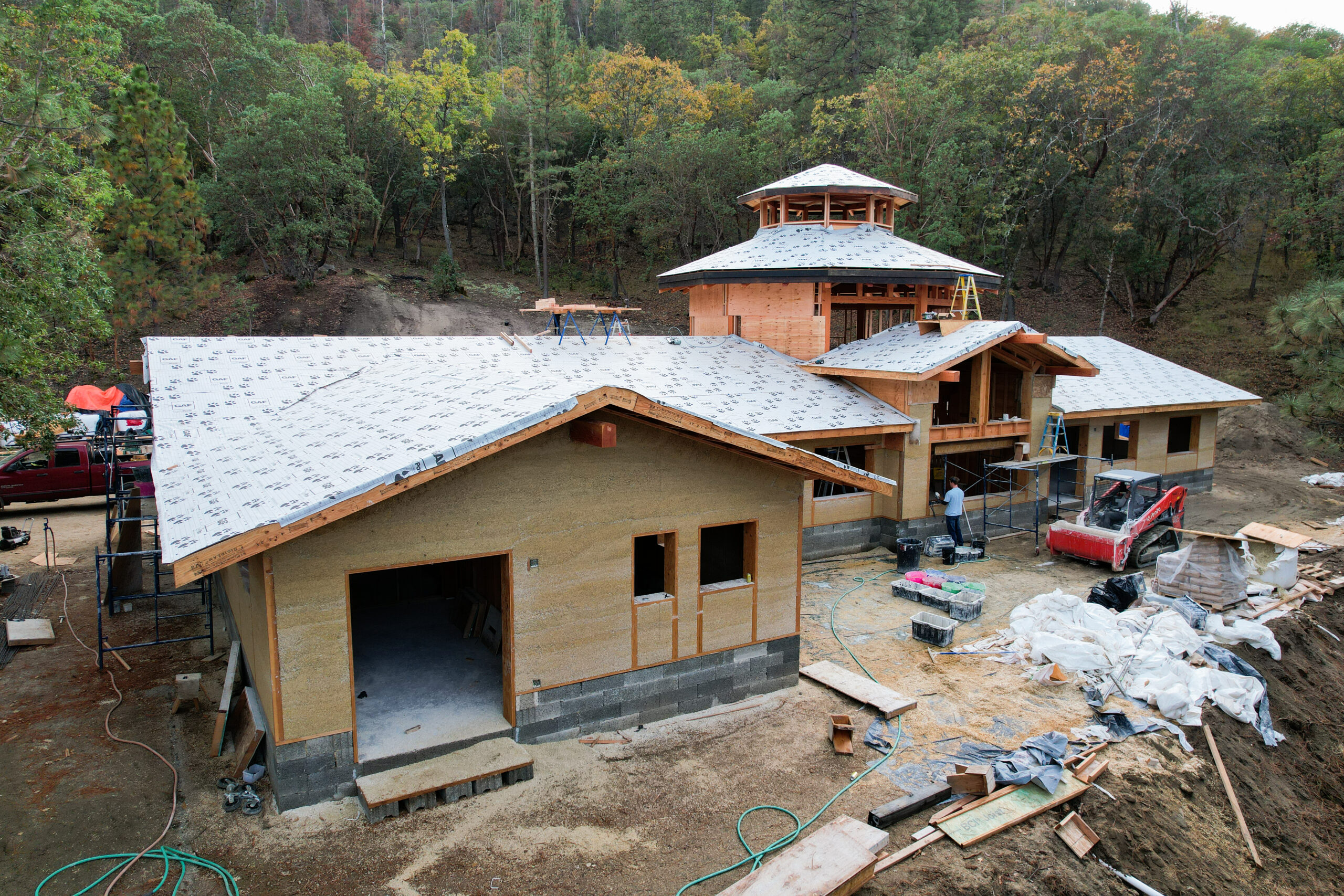by Dirk Wassink & Carrie Ferrence, Second Use Building Materials
Green building certification processes like Built Green™ and LEED™ reward projects that recycle large quantities of waste during demolition and construction. If proper arrangements are made, onsite recycling can be an easy task. Quantifying recycled waste can be even easier as it is determined almost entirely by the weight of material diverted. Since up to 95% of a structure may be recycled, that tonnage can add up quickly.
However, recycling does not reflect the amount of material that instead could be reused. The reusability of materials on job sites varies from project to project, but on average, about 5% of a building can be salvaged for reuse (refers to salvage through selective strip-out—full deconstruction may yield higher numbers). 5% isn’t very impressive compared to the 95% that can be recycled unless you look past the numbers.
Most recycled materials, from pop cans and paper, to re-bar and concrete, get processed and remanufactured into new products. Using recycled materials to make new products is obviously much better than cutting down more trees or mining more aluminum, steel, or gravel. But recycling requires that more energy be invested to obtain a usable product. The pop cans and re-bar get melted down and formed into something else. The paper gets pulped and re-formed into a new paper product. Concrete gets ground up and used for aggregate. And the original product is lost forever.
Building materials that are salvaged and reused require no processing, re-manufacturing, or re-packaging. (Admittedly, you may want to paint your re-used cabinets and doors.) Therefore, re-use requires little or no additional energy or material to provide a usable product.
In the academic study of recycling and re-use, the term “embodied energy” refers to the energy invested in extracting raw materials, processing them, assembling them into a final product, and transporting them to their final destination. An inevitable consequence of reduced extraction, manufacturing, and transportation is an avoidance of fuel/resource depletion, byproduct pollution, and greenhouse gas output.
Because salvaged materials don’t require much processing to re-use them, nearly all of their embodied energy is retained. A preliminary study of a local salvage yard found that in one year, the company harvested energy equivalent to powering almost 35 houses for an entire year! Boiled down, that means that the 5% of a building that can be reused is of comparable environmental impact to the 95% that can be recycled.



